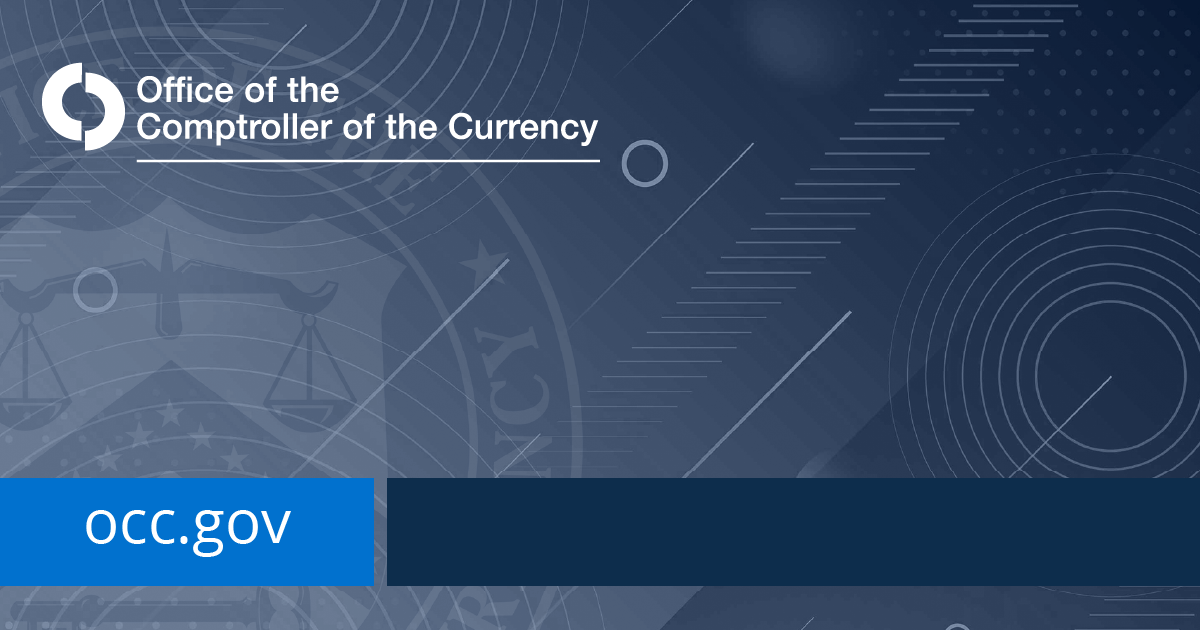Flare, the blockchain for data, has announced the launch of the Raindex desktop app a new intents-like DEX that uses the FTSO (Flare Time Series Oracle) to offer the advanced trading operations of CEXs (centralized exchanges).
Users can now set bid and offer prices, activate stop loss and take profit mechanisms and replicate other traders’ strategies in a trustless, fully-permissionless, decentralized way on-chain.
The Raindex app utilizes the intuitive Rainlang smart contract language, giving anyone the ability to design, write, deploy and manage customized token trading strategies, while leveraging Flare’s native decentralized price oracle the FTSO for reliable and secure asset price triggers.
Raindex achieves this with an intents-like architecture.
Users can specify their desired trade outcomes without needing to define how the trade is fulfilled, potentially setting up multiple future trades as part of a strategy deployed in a single transaction.
Anybody can then perform the trades on behalf of users, within the constraints of the pre-defined strategy.
For instance, a user can write a strategy to sell assets at a set price triggered by the FTSO.
Under the hood, Raindex facilitates this trade by acting as a matching venue for buyer and seller intents.
This frees users from manual order placement and constant market monitoring.
Trusted real-time asset price data
The culmination of more than three years of dedicated development, Raindex blends the most compelling advantages of both CEXs and DEXs into a single platform, allowing users to craft and execute Rainlang strategies without intermediaries.
It provides a CEX-like trading experience with enhanced DEX-style autonomy and security, so users no longer have to give up control of their digital assets.
The platform will take advantage of FTSO version two’s new ‘fast updates’ capability that delivers asset prices every block (one- to two-second intervals), secured by Flare’s novel architecture, guaranteeing both price accuracy and censorship resistance.
Flare offers a unique trust model for the enshrined oracles on their network as the data integrity is secured by the validators themselves.
An extension of Rainlang on Flare enables FTSO data to be leveraged for trading strategies, enhancing market responsiveness while eliminating the reliance on third-party, off-chain data oracles.
Josh Hardy, co-founder of Rain, said,
“Secure, reliable data is an indispensable part of the toolkit for anybody writing trading strategies.
“We’re super excited to introduce Rainlang and Raindex into Flare’s ecosystem, connect with the DeFi community and see what they create.”
Enhanced trading without intermediaries
Rainlang is an innovative new programming language that’s designed to be simple to read and write.
Anyone who can read and write Excel formulas can easily learn to create smart contracts using Rainlang.
Traders will be able to implement their own customized strategies including but not limited to DCA (dollar-cost averaging), stop losses, Dutch orders, portfolio rebalancing, market making and liquidity management and trend tracking.
With the ability to set bids and asks, stop loss and take profit triggers and copy trade vaults, the platform moves beyond traditional AMM (automated market maker) models, offering unparalleled trade expression freedom with full on-chain execution.
Hugo Philion, co-founder of Flare and CEO of Flare Labs, said,
“The recently announced upgrades to the FTSO will enable up to 1,000 asset prices to be delivered on-chain every second or so without sacrificing decentralization or security.
“Combine this with Rain’s intents-like DEX, and you enable much of the functionality of a [CEX] but without the risk of needing to custody your assets with a third party.”
The comprehensive Raindex desktop app provides an all-encompassing set of tools for traders to devise and write their strategies, with the ability to simulate its performance before deploying it on-chain.
Users can simply express what they want using Rainlang, deposit their tokens into vaults and then deploy their order when the time is right, with Raindex’s app providing real-time performance monitoring.
To celebrate its launch on Flare and entice the community to show off its trading skills, Raindex is staging a trading contest that will run throughout May 2024, with a total prize pool of $12,000 available for those who can create the most profitable trading strategies using Rainlang.
About Flare
Flare is the blockchain for data an EVM smart contract platform specifically designed to support data intensive use cases, including machine learning / AI, RWA (real-work asset) tokenization, gaming and social.
With decentralized, enshrined oracles secured at the network layer, Flare is the only smart contract platform optimized for decentralized data acquisition price and time series data, blockchain event and state data and Web 2.0 API data.
By giving developers trustless access to the broadest range of data and data proofs at scale and for minimal cost, Flare expands the utility of blockchain and supports the development of new and improved use cases.
Website | X | Telegram | Discord
About Raindex
Rainlang is DeFi’s native language on EVM. Entirely on-chain, it promotes accessibility and decentralization by making smart contracts easier to read and write.
Raindex, leveraging Rainlang, introduces a new DEX concept where orders are smart contracts, enabling complex, algorithmic trading strategies to be created and executed onchain.
Rain’s mission is to foster innovation and inclusivity in smart contract development and DeFi.




























